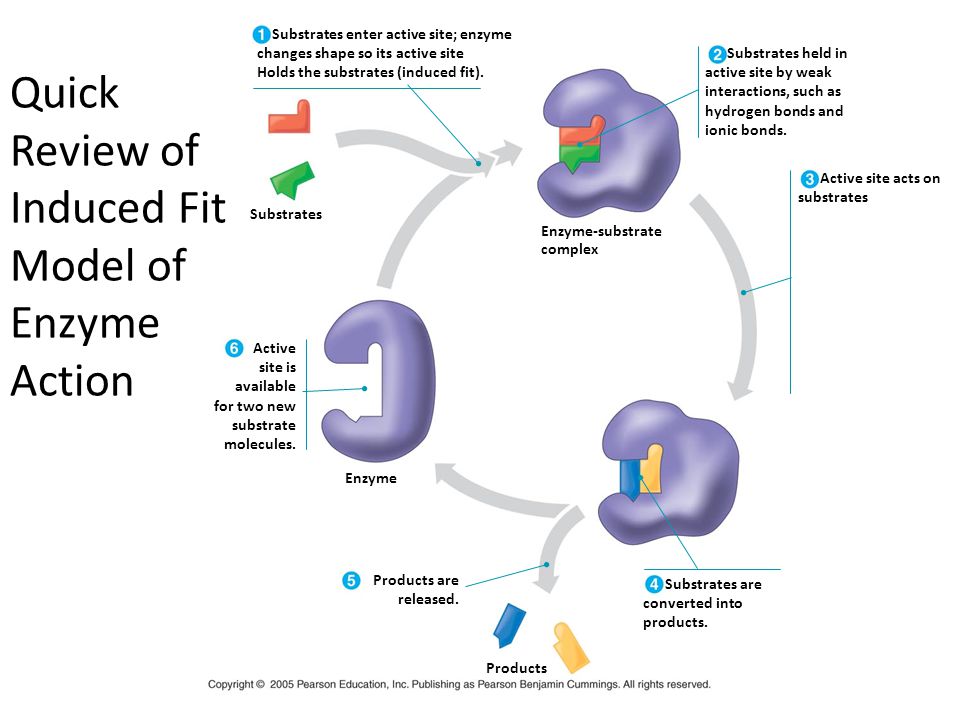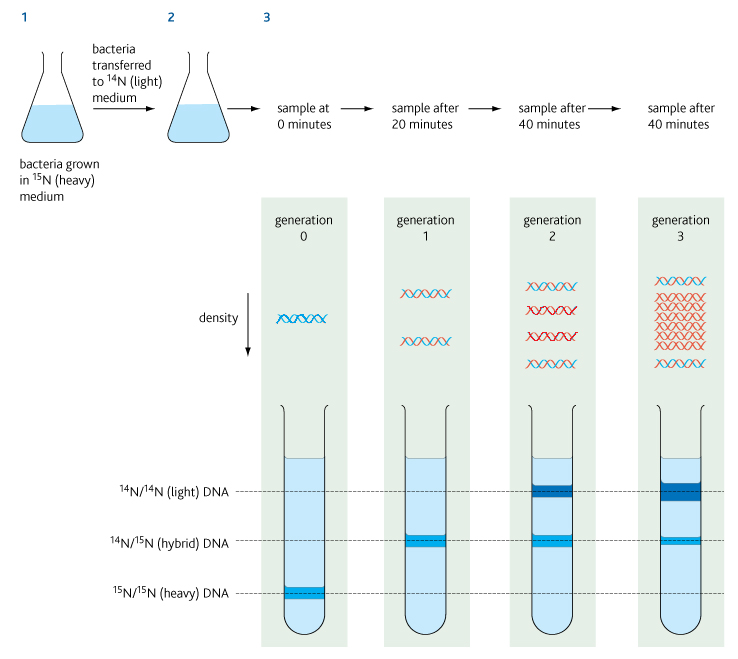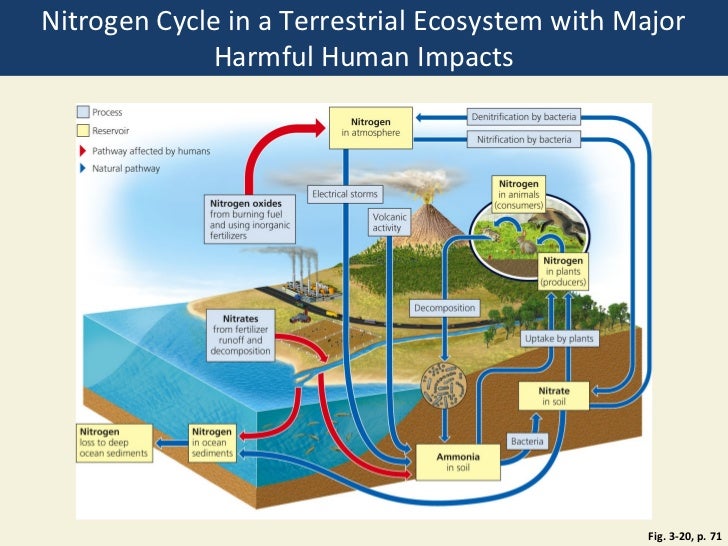sequence of event is atrial systole, ventricular systole , ventricular diastole and atrial diastole
During atrial systole, excitatory of electrical impulses which generated in the sinoatrial node (SA node) spread to the both the right and left atria
This causes the atria to contract
The contraction causes the pressure to increase in both the atria
AV valve open
This will allow the blood to flow from the atria to the ventricles
During ventricles systole , excitatory impulse move to atrioventricular node (AV node) down the Bundle of His and Purkinje fibre to the ventricular muscles
The ventricular muscle contracts (ventricular systole)
The blood pressure inside the ventricles increased
AV valve closed wben ventricular pressure is higher than atrial pressure
The closing of AV valve produced the first heart sound 'lub'
The ventricular pressure rises and exceeds in the aorta and pulmonary artery
This cause the semilunar valves open
This allows the blood to flow from left ventricle to aorta and from right ventricles to pulmonary artery
During ventricular diastole , ventricles relax
Pressure in ventricle is lower than the pressure inaorta and pulmonary artery
Blood in the arteries start to flow backwards into the cups of semilunar valves
this will close the semilunar valves and produced the second heart sound 'dub'
As the ventricles xontinues to relax , the ventricular pressure falls rapidly
When ventricular pressure less than atrial pressure , the AV valve are forced to open
During atrial diastole, atrial will relax and the right atria receives deoxygenated blood from the body tissues to vena cava
Left atria received oxygenated blood from the lung to pulmomary vein



 diagram from
diagram from 



